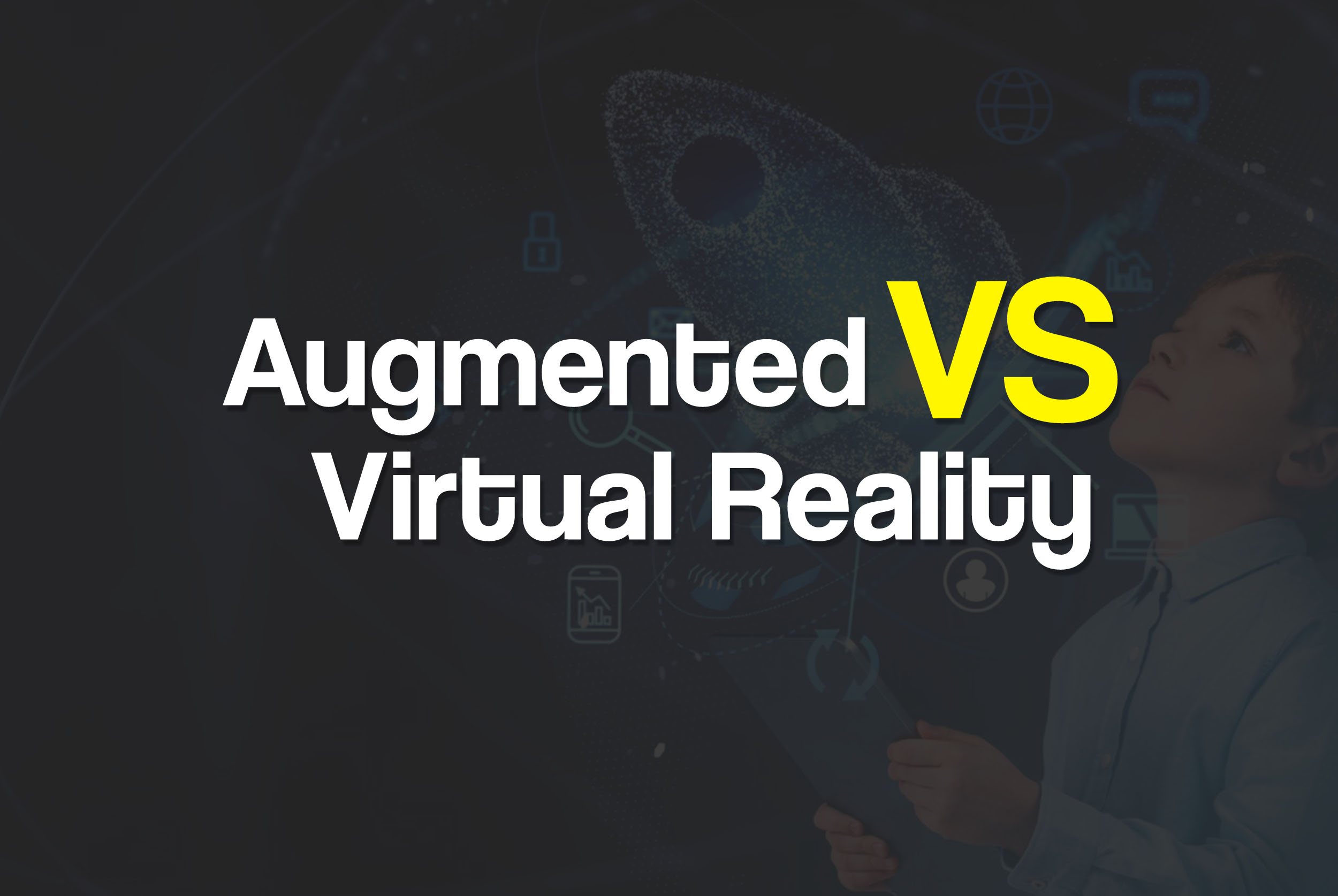Innovation
In the steadily developing domain of innovation, Expanded Reality (AR) and Augmented Reality (VR) stand as two of the most encouraging and enamoring advancements. These vivid innovations can ship clients to new aspects, offering encounters that were once consigned to the domains of sci-fi. Yet, what precisely are AR and VR, and how would they contrast? In this article, we will plunge profound into the universe of AR and VR, investigating their one-of-a-kind elements, applications, and the key differentiations that put them aside.
Grasping Increased Reality (AR)
AR is an innovation that superimposes PC-produced content onto the client’s perspective on this present reality. Dissimilar to VR, which drenches the client in a virtual climate, AR upgrades the client’s impression of reality by adding computerized components. AR can be capable through different gadgets, for example, cell phones, tablets, AR glasses, or cool demeanors up shows in vehicles.
Utilizations of Increased Reality
The flexibility of AR has prompted its reception in a great many businesses and applications:
- Gaming: Games like Pokémon GO carried AR into the standard, permitting players to get virtual animals in genuine settings.
- Instruction: AR improves advancement by giving intuitive and vivid instructive encounters. For example, understudies can take apart virtual frogs or investigate authentic tourist spots from their study halls.
- Retail: AR is upsetting how we shop by empowering clients to take a stab at garments, imagine furniture in their homes, or even get item data by examining QR codes.
- Medical care: Specialists use AR during strategies to overlay computerized data onto a patient’s body, improving accuracy.
Grasping Computer generated Experience (VR)
VR, then again, establishes a reproduced climate that disengages clients from the actual world. It frequently requires specific headsets or goggles to submerge clients completely in the virtual world. VR can be genuinely groundbreaking, moving clients to fantastical domains, authentic times, or even fictitious aspects.

Uses of Augmented Reality
The utilization of VR is extending quickly:
- Gaming: VR gaming takes drenching to an unheard-of level, permitting players to step into the game world and collaborate with it in manners that were previously unfathomable.
- Preparing and Reenactment: Businesses like Flight and the military use VR for preparing recreations, giving a safe and savvy method for planning for genuine situations.
- Medical care: VR is utilized in treatments for treating fears, PTSD, and the torment of the board, as it can establish controlled and vivid conditions for remedial purposes.
- Amusement: VR is reshaping media outlets, from vivid 360-degree recordings to virtual shows and craftsmanship encounters.
Key Contrasts Among AR and VR
While AR and VR share a few similitudes in giving vivid encounters, they vary fundamentally in their center ideas:
Connection with This present reality:
- AR: Increased reality overlays advanced content onto this present reality, permitting clients to connect with both all the while.
- VR: Computer-generated reality confines clients from this present reality, submerging them totally in a computerized climate.
Gadgets Utilized:
- AR: AR can be capable through gadgets like cell phones, tablets, AR glasses, and up-front consoles.
- VR: VR regularly requires particular headsets or goggles, like the Oculus Fracture or HTC Vive.
Level of Drenching
- AR: AR offers an incomplete submersion experience, as clients are as yet mindful of their genuine environmental elements.
- VR: VR gives a total submersion experience, where clients are completely caught up in the virtual world.
Picking the Right Innovation for Your Requirements
The choice between AR and VR relies upon your particular necessities and goals:
To improve certifiable encounters: AR is the decision for applications that increase and advance the actual world. On the off chance that you look for complete submersion: VR is great for establishing altogether virtual conditions and encounters.
The Fate of AR and VR
The eventual fate of AR and VR is unbelievably encouraging, with the two innovations ready to change different enterprises:
- AR: As AR glasses become more open and easy to use, we can hope to see a blast of AR applications in fields like route, medical care, and training.
- VR: VR is persistently progressing, with advancements in equipment, programming, and content creation. The extension of VR into medical services, schooling, and remote work is probably going to be significant.
Covering Domains: Blended Reality (MR)
There must exist a center ground between AR and VR called Blended Reality (MR). MR joins components of both AR and VR to make encounters where computerized and actual items coincide and connect continuously.
Microsoft’s HoloLens is a perfect representation of an MR gadget. In MR, clients can see and connect with virtual articles in their actual environmental factors, setting aside a thrilling room for advancement in fields like plan, designing, and engineering.
Difficulties and Potential open doors
Both AR and VR accompany their one-of-a-kind difficulties and valuable open doors:
Challenges:
Equipment Constraints: Top-notch AR and VR encounters frequently require strong equipment, which can be costly and out of reach to certain clients.
- Content Creation: Creating vivid substance for AR and VR can be intricate and exorbitant. The business is persistently attempting to smooth out satisfied creation instruments and cycles.
- Movement Affliction: VR encounters, specifically, can actuate movement ailment in certain clients, restricting their reception.
- Protection and Security: As these advances become more coordinated into our day-to-day routines, inquiries concerning information security and security should be tended to.
Open doors:
- Training: AR and VR can change schooling by giving intelligence and drawing in growth opportunities, making complex subjects more available.
- Remote Work and Cooperation: VR can work with remote work by making virtual workplaces and meeting spaces, offering a similar joint effort climate for groups spread across the globe.
- Medical care: Both AR and VR are being utilized for clinical preparation, patient training, and, surprisingly, far-off medical procedure discussions.
- Amusement and The travel industry: AR and VR are changing the diversion and the travel industry businesses, offering clients the opportunity to encounter shows, travel objections, and authentic occasions in completely new ways.
- Openness: These advances can make data more available to people with incapacities, offering inventive answers for assistive innovation.
Conclusion
Increased Reality and Computer Generated Reality address historic advances that are reshaping businesses and how we connect with computerized and actual universes. Whether you’re investigating far-off planets in VR, envisioning furniture in your lounge room with AR, or exploring the vivid scenes of Blended Reality, the potential for development and change is boundless.
As both AR and VR innovations proceed to progress and turn out to be more open, we can hope to see them coordinated into our day-to-day routines in progressively significant ways. Organizations, engineers, and makers have the chance to spearhead new encounters and arrangements, pushing the limits of what’s conceivable in the vivid innovation scene.
In exploring this scene, it’s fundamental to stay informed about the most recent turns of events, team up with specialists in the field, and trial with imaginative applications. As AR and VR keep on advancing, they hold the possibility to upset ventures, upgrade training, further develop medical services, and change amusement, eventually improving our lives in manners we’re simply starting to envision. The fate of vivid innovation is an exhilarating excursion, and we’re simply starting to expose its vast conceivable outcomes.
In conclusion, Expanded Reality and Computer Generated Reality are strong advancements, each with its extraordinary assets and applications. The decision between them at last relies upon your objectives and the sort of involvement you wish to convey. As both AR and VR keep on developing, they will without a doubt shape the fate of how we collaborate with computerized content and our general surroundings. Embracing these vivid advancements can open up intriguing doors for organizations, makers, and clients the same. Whether you’re investigating far-off universes in VR or improving your day-to-day routine with AR, the vivid innovation scene will undoubtedly keep us charmed for quite a long time into the future.


